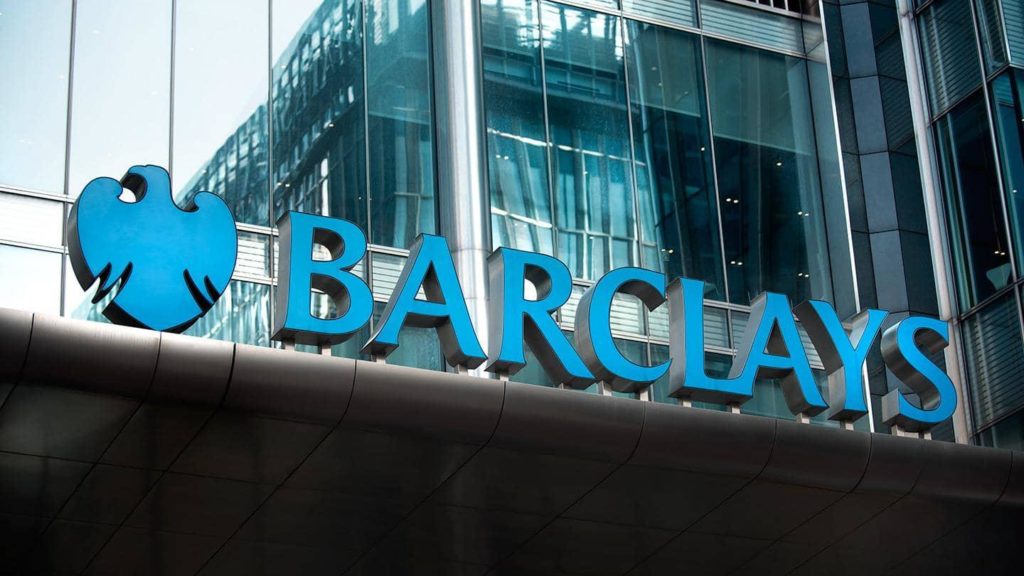
On Thursday, Barclays announced better-than-expected third-quarter profits, following in the footsteps of its Wall Street peers and benefiting significantly from its investment banking sector.
The British bank recorded a profit before tax of 2 billion pounds in the July-September period, above analysts’ expectations of 1.6 billion pounds and more than doubling the 1.1 billion pounds it made a year ago.
The robust performance demonstrated the strength of Barclays’ U.S. business, which accounts for roughly half of its revenue, as well as the resilience of British banks’ balance sheets in the face of the epidemic, with the rest of the industry reporting in the coming two weeks.
Read: Best Ways to Invest Money UK- Complete Guide
On Thursday, Barclays CEO Jes Staley stated that the year 2021 will be “quite a year” for the firm.
Jes Staley said:
“For many years, we’ve been asked, ‘How does Barclays get to its goal return on capital of 10% or greater?’ and I believe 2021 will provide a pretty compelling response to that question.”
Jes Staley also said that they are seeing signs of a consumer rebound and the early indicators of a more advantageous rate environment this is because CIB performance remains a strength for the company.
Staley told reporters that the bank was largely unconcerned about the likelihood of rising inflation in the United Kingdom, stating that annual price increases of up to 4% might be beneficial to the bank as long as economic growth remained strong.
In comparison, several other major corporations reported earnings on Thursday, including consumer goods behemoth Unilever, which warned that rising inflation will force them to raise prices.
After government support measures buoyed up firms, Barclays released 622 million pounds in funds set aside for bad debt charges that have yet to materialize, boosting the bank’s performance.
The investment manager of Brewin Dolphin, Zoe Gillespie stated that the reversal in fortunes of the UK’s big banks compared to where they were this time last year is emblematic of the turnaround in the fortunes of the UK’s major banks.
Despite a tumultuous year for the British economy, with supply chain problems and gasoline shortages that erupted in September denting consumer and business confidence, the provision announcement comes as a welcome relief.
Despite this, Barclays raised its economic estimates for the UK from the previous quarter, predicting that the country’s GDP will reach pre-pandemic levels by early 2022.
However, the bank warned that uncertainty remained high, with a large number of employment in its major UK and US markets at risk of being cut when government assistance measures were eliminated.
At this time, Barclays has refused to say whether this will result in future branch closures.
On a conference call with reporters, finance head Tushar Morzaria said that “the drive to making your business much more digital is picking up speed, and that the company is making sure we keep up with it.”
Effects of a rate hike
Interest rates are projected to be raised by the Bank of England by the end of the year, with two more hikes possible in 2022. According to Staley, this will boost Barclays’ earnings in the future.
Staley also explained that a bank like Barclays has 6 cylinders: 3 are lending, which is the interest they make on credit provided to companies, small firms, and individuals. The interest they receive on deposits that are remained with them, the money that is remained with Barclays, is the flip aspect of it, and that has been pretty slow given that interest rates have been essentially near to 0.
Staley believes that the economic recovery that they have seen, getting some degree of inflation back translates into a move in interest rates, particularly as central banks begin to taper off quantitative stimulus. He believes that they will see higher interest rates and that will be beneficial to Barclays.
